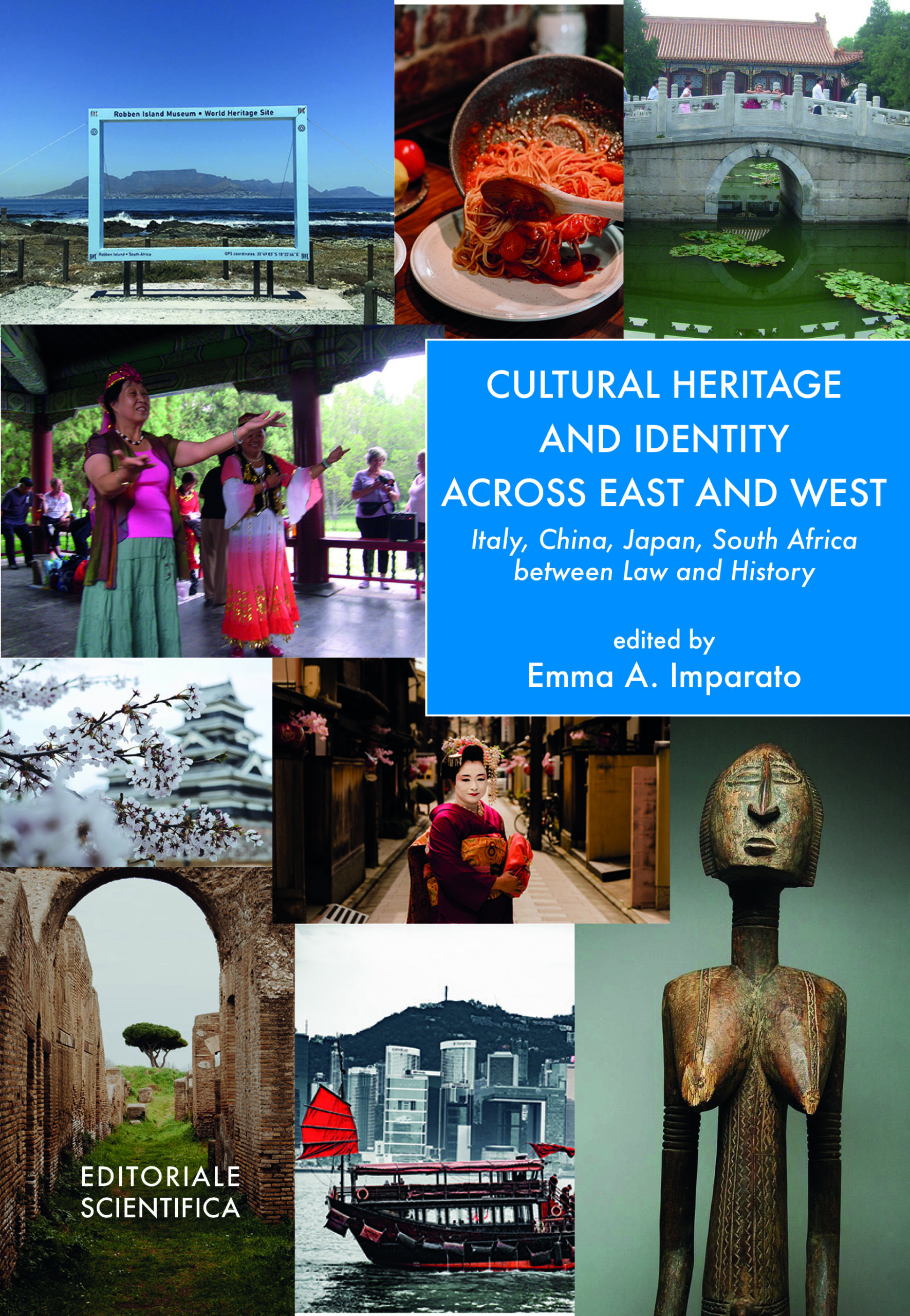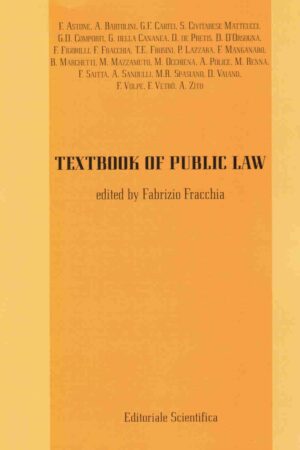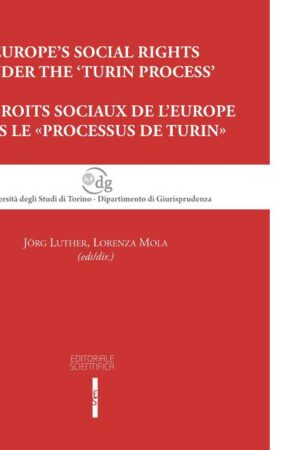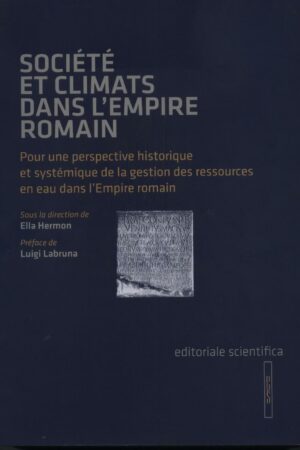Descrizione
Indice-Cultural-Heritage-and-Identity-across-East-and-West.pdf
Cultural heritage can be perceived in many ways: not only as history, in the strict sense of the word, but also on a personal level as the history of a community, as the memories of a lifetime. In this way, cultural properties are essential to accurately understand the history and culture of a people, and they also form the basis for its future cultural growth and development.
In Europe, unlike in Asia, people come to acknowledge a linear notion of time by seeing historic monuments and museums in their everyday life: from the past to the future through the present, people’s conception of time is in part informed by the presence of cultural heritage. Instead, in the eastern countries, particularly in China where culture is closely connected to state policy, cultural goods can become also a means of transforming society itself. In any case, currently, in every legal system, in addition to the development of forms of promotion and protection, there is a need to increase knowledge and awareness of the way of perceiving cultural heritage as synonymous with an identity value. This last vision has been that of this international project, funded by the Ministry of Foreign Affairs and International Cooperation – MAECI – where cultural heritage, understand as synonymous with an identity value, has been the object of a process of recognition of its feeling and perception finally coming to acknowledge and discuss cultural identities.
In this light, this research has involved an exchange among students from different countries with different cultural backgrounds (the Universities of Hong Kong, University of the Western Cape and University of Naples, l’Orientale): the focus has been not only theoretical, based on the investigation of different definitions or classifications, according a multidisciplinary approach that was legal and historic but also practical, where very significant was the “perception” of cultural heritage through, first of all, its users, their perceptions and their cultural influences. In this context, this book comprises “theoretical profiles” (which includes legal and historical contributions produced within this research) and “practical profile” with the final reports on the interviews and some of the lectures.





